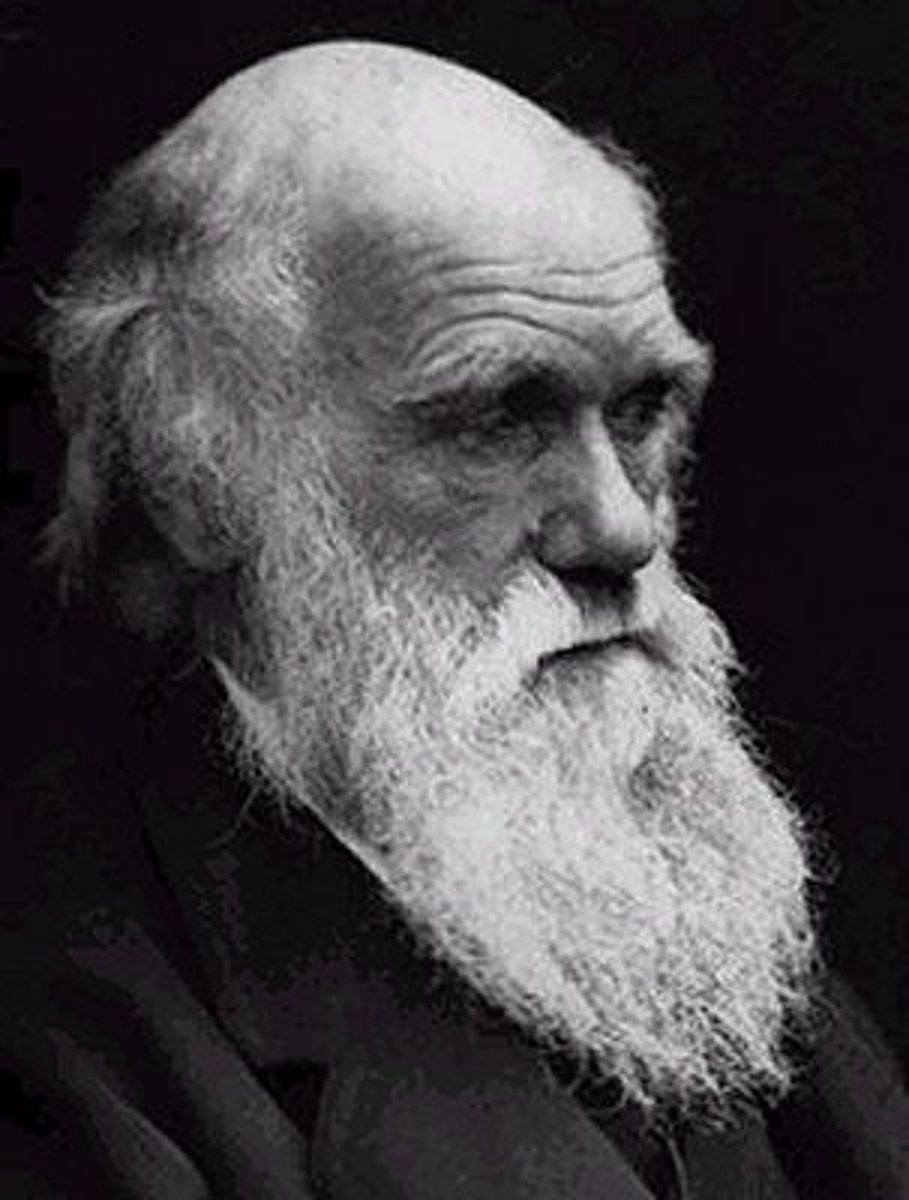AP World History Units 1-5
1/96
There's no tags or description
Looks like no tags are added yet.
Name | Mastery | Learn | Test | Matching | Spaced |
|---|
No study sessions yet.
97 Terms
stone tools, wooden tools (no metal)
tools during the Paleolithic Era
lots of grass to feed the horses for pastoral societies
What were some of the enduring "steppe traditions" that lasted in the Middle East, particularly in the Ottoman Empire, after its conquest by the Mongols and Turks?
pre-agricultural
more egalitarian, specific roles for each member of a group, kinship groups were small and traveled to get food
post-agricultural
settlements, development of social classes
China - blended with other religions like Confucianism or Daoism (neo-Confucianism)
How was Buddhism adopted and adapted by the lands it diffused to? Did it blend with other traditions to create new syncretic ones (syncretism is the blending of cultural elements, often from different societies, to create brand new, synthesized version of the original)?
industrialization, technologies
reasons why Europeans were so dominant in the 19th and early 20th centuries
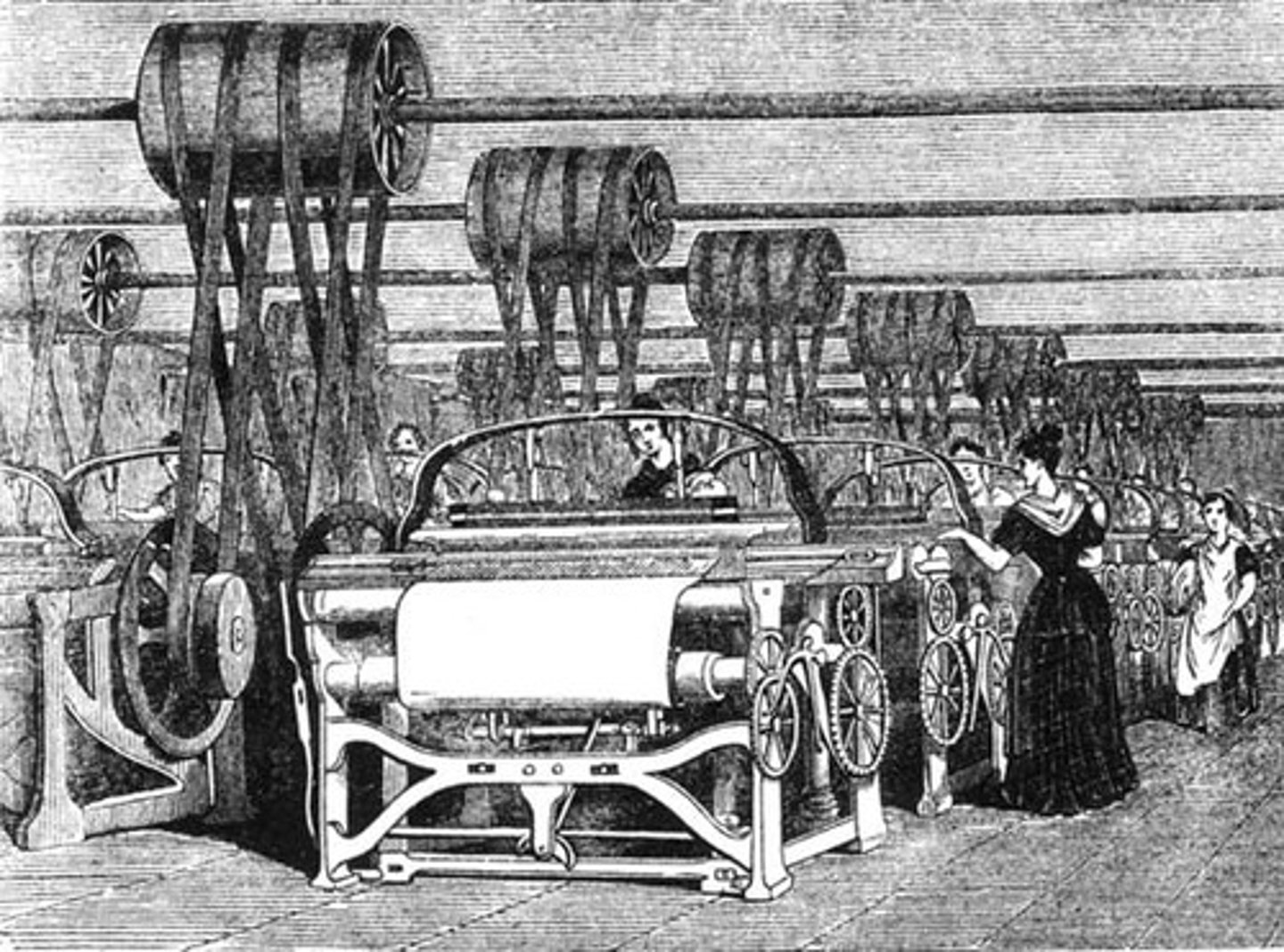
Mali Empire
Mansomusa (gold dude - hajj in 1324), lots of surpluses, need for a better political structure, Islam
indentured servitude
What method of semi-coerced labor found a resurgence in the 19th century? Where did most of the workers that practiced this resurgent, semi-coerced labor come from?
end of slave trade
what did indentured servitude lead to?
French Revolution
What closely related event was going on in Europe at the time of the Haitian Revolution that partly inspired it?
Indian Ocean Trade Routes / Monsoon System
What trade route did the East African Swahili states rely on?
Daoism
A religion in China which emphasizes the removal from society and to become one with nature.
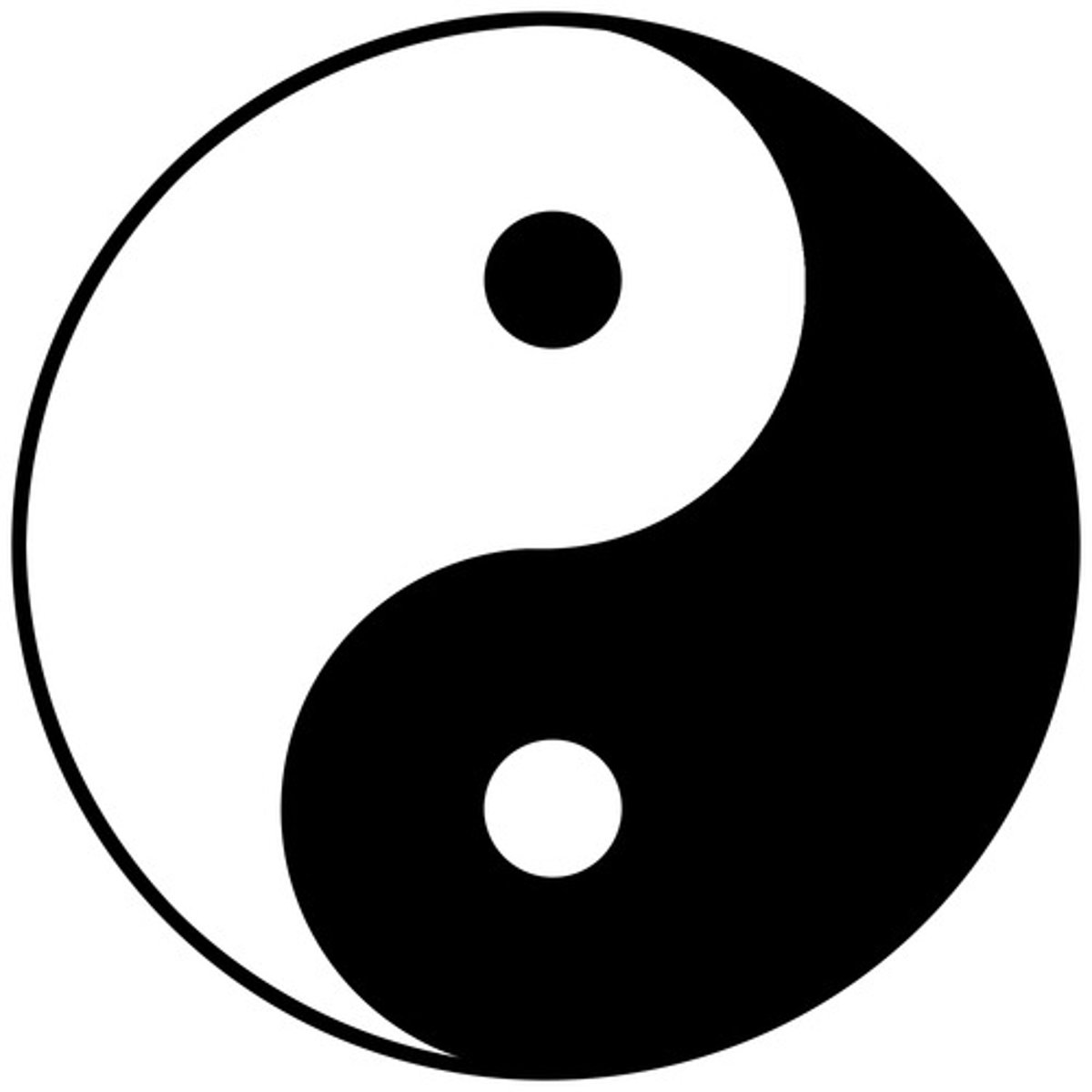
closed door policies
What's the best explanation for why the Ottoman and Chinese lagged behind the west in the 18th and 19th century?
colonization, imperialism, capitulations, Chinese-Opium wars
What are some of the best examples of Western domination in the 18th and 19th century?
steel, chemicals, electricity
What did the Second Industrial Revolution of the late 1800s focus on?
impact on internal economies of imperial colonies
It was difficult to keep control of colonies that were far away, they all had powerful nationalism and wanted independence. They became sources of resources. / The international division of labor
Hinduism
polytheistic, moksha, dharma, karma, samsara, caste system
made it safer, prospered, spread diseases
What was the impact of the spread of Mongol control on trade?
tools of empire, steamships, canals, telegraphs, maximum guns
What were the factors that enabled European powers' campaigns of imperialism?
market and materials
connection between industrialization and imperialism
absolute monarch
A king or queen who has unlimited power and seeks to control all aspects of society
family groups / tribes / kinship groups
How were pre-modern African societies organized socially and politically?
griot
A West African storyteller
maintained oral history traditions
Why were griots important?
nationalism
A strong feeling of pride in and devotion to one's country
individuals
Was industrialization in Britain led by individuals or the government?
government
Was industrialization in Russia led by individuals or the government?
government
Was industrialization in Japan led by individuals or the government?
Manifest Destiny
A notion held by a nineteenth-century Americans that the United States was destined to rule the continent, from the Atlantic the Pacific.
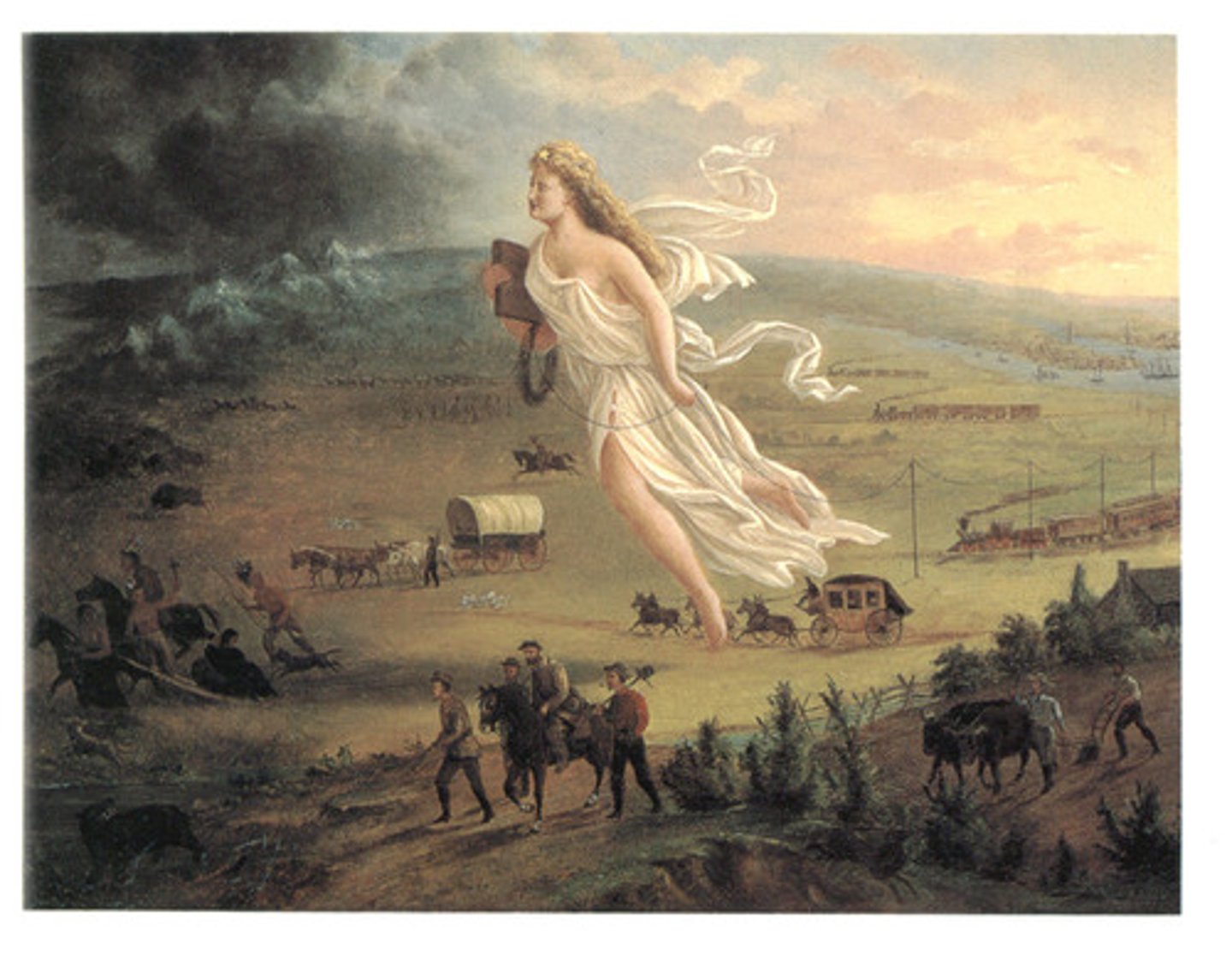
imperialism, women's rights changed, labor unions
What were some of the trends that occurred as a result of industrialization in Europe? (politically)
caused a need for more materials, wage labor, capitalism, interchangeable parts
What were some of the trends that occurred as a result of industrialization in Europe? (economically)
money, Christian, reduction of faith
What were some of the trends that occurred as a result of industrialization in Europe? (religiously)
people on top made more money, bigger separation between lower and upper class, middle class added, family structure smaller, women's roles changed
What were some of the trends that occurred as a result of industrialization in Europe? (socially)
railroads, steam engines, machines
What were some of the trends that occurred as a result of industrialization in Europe? (intellectually)
silk
What was the major commodity that the Chinese exported during the Qing Dynasty period (and many other periods, too)?
Brazil
Which country in the Americas got the most slaves during the slave trade?
west Africa
Where were slaves traded from?
Russia
Japan's industrialization would be most similar to whose industrialization?
reincarnation, polytheistic, originated in India
How are Hinduism and Buddhism alike?
he did not like indulgences
What were Luther's main concerns and arguments against the Catholic Church?
Indulgence
Within the Catholic Church, this is the remission punishment for one's sins. Such as for a sin that has already been forgiven by God but which still carries with it some kind of punishment. Centuries ago the Church would sell certificates that would get a person out of purgatory. This practice contributed to the Protestant reformation.
wanted to prosper internally without influence from other countries
Why was the Qing Dynasty not very interested in Western goods?
closed door policy, government sponsored
What were the factors in the successful industrialization of Japan?
succession of rulers after Muhammad's death
What's the nature of the conflict that exists between Sunni and Shiite Muslims?
Chinampa system
System in which farmers dredged up muck from the lake to plots of land, allowing some cultivators to grow up to seven crops a year
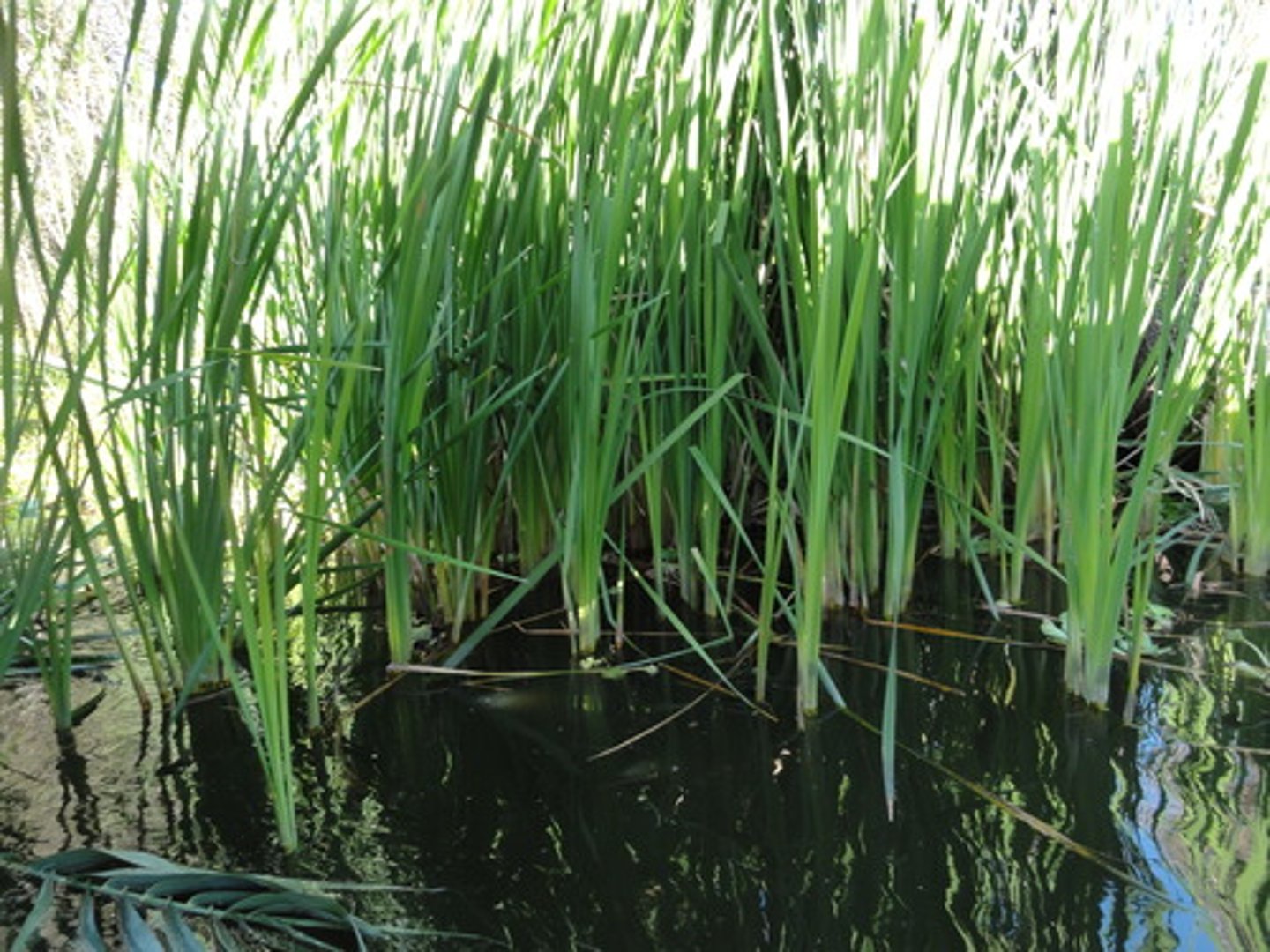
birth rate went down
What were the demographic trends associated with the Industrial Revolution?
Britain
Who was the early leaders in the Age of Imperialism?
Japan
Who was a latecomer to the Age of Imperialism?
Social Darwinism
The belief that only the fittest survive in human political and economic struggle.
universalizing religions
What do Christianity, Hinduism, and Buddhism have in common?
silk
What were the major commodities that the Chinese exported during the Qing Dynasty period (and many other periods, too)?
Confucianism
A philosophy that adheres to the teachings of the Chinese philosopher Confucius. It shows the way to ensure a stable government and an orderly society in the present world and stresses a moral code of conduct.
Renaissance ideas
better art, more romantic time period, art was better, naked people in paintings
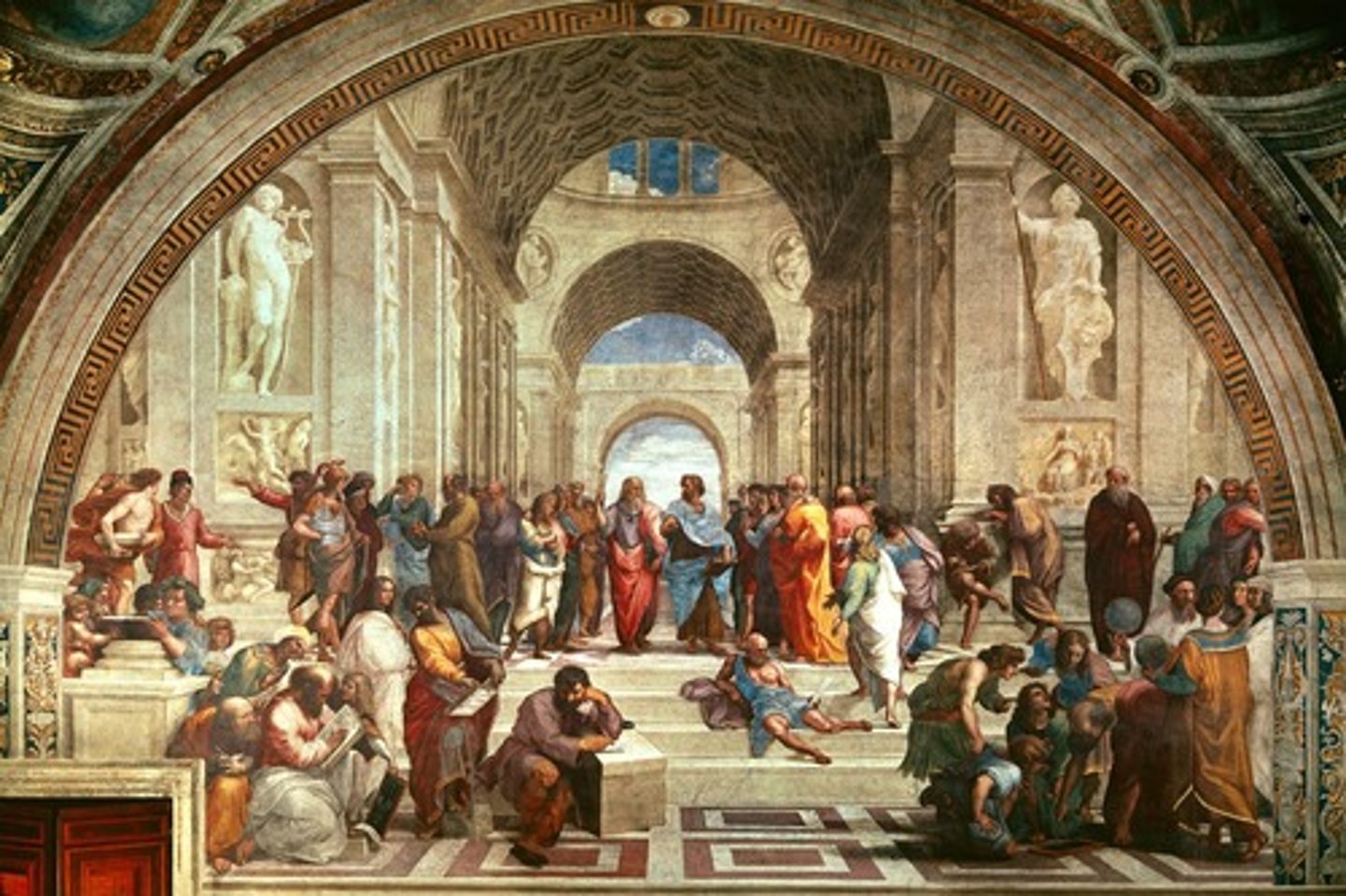
Neolithic Revolution
The switch from nomadic lifestyles to a settled agricultural lifestyle is this revolution.
Paleolithic
Old Stone Age
slavery
What was the common thread that tied together all of the revolutions and independence movements in North and South America?
killing of successors
What were the major weaknesses associated with the Ottoman Empire in the 18th century?
Monroe Doctrine
1823 - Declared that Europe should not interfere in the affairs of the Western Hemisphere and that any attempt at interference by a European power would be seen as a threat to the U.S. It also declared that a New World colony which has gained independence may not be recolonized by Europe. (It was written at a time when many South American nations were gaining independence). Only England, in particular George Canning, supported the Monroe Doctrine. Mostly just a show of nationalism, the doctrine had no major impact until later in the 1800s.
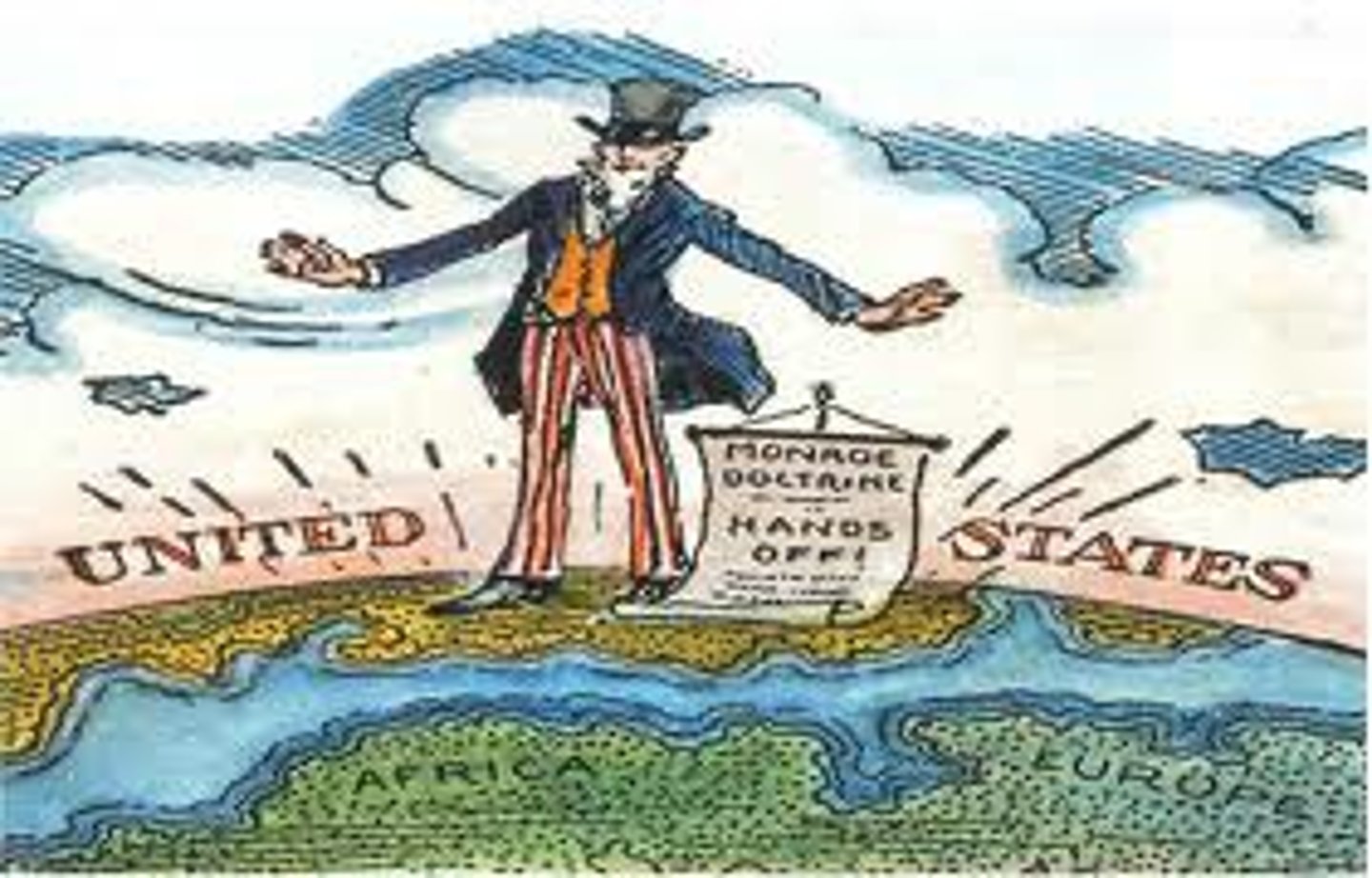
spread different religions and cultures
To what degree did the Silk Road have an impact on medieval Europe between 400-800 after the collapse of the Roman Empire?
the Crusades
A series of holy wars from 1096-1270 AD undertaken by European Christians to free the Holy Land from Muslim rule.
creation of new countries in Latin America
What was the general impact of the wars of independence in Latin America?
1400s-1650
Renaissance
1517-present
Protestant Reformation
1540s-1700s
Scientific Revolution
1700s-1800s
Enlightenment
women and children working more
How did industrialization impact the nuclear family?
Columbian Exchange
The exchange of plants, animals, diseases, and technologies between the Americas and the rest of the world following Columbus's voyages.
steam engine
A machine that turns the energy released by burning fuel into motion. Thomas Newcomen built the first crude but workable one in 1712. James Watt vastly improved his device in the 1760s and 1770s. It was then applied to machinery.
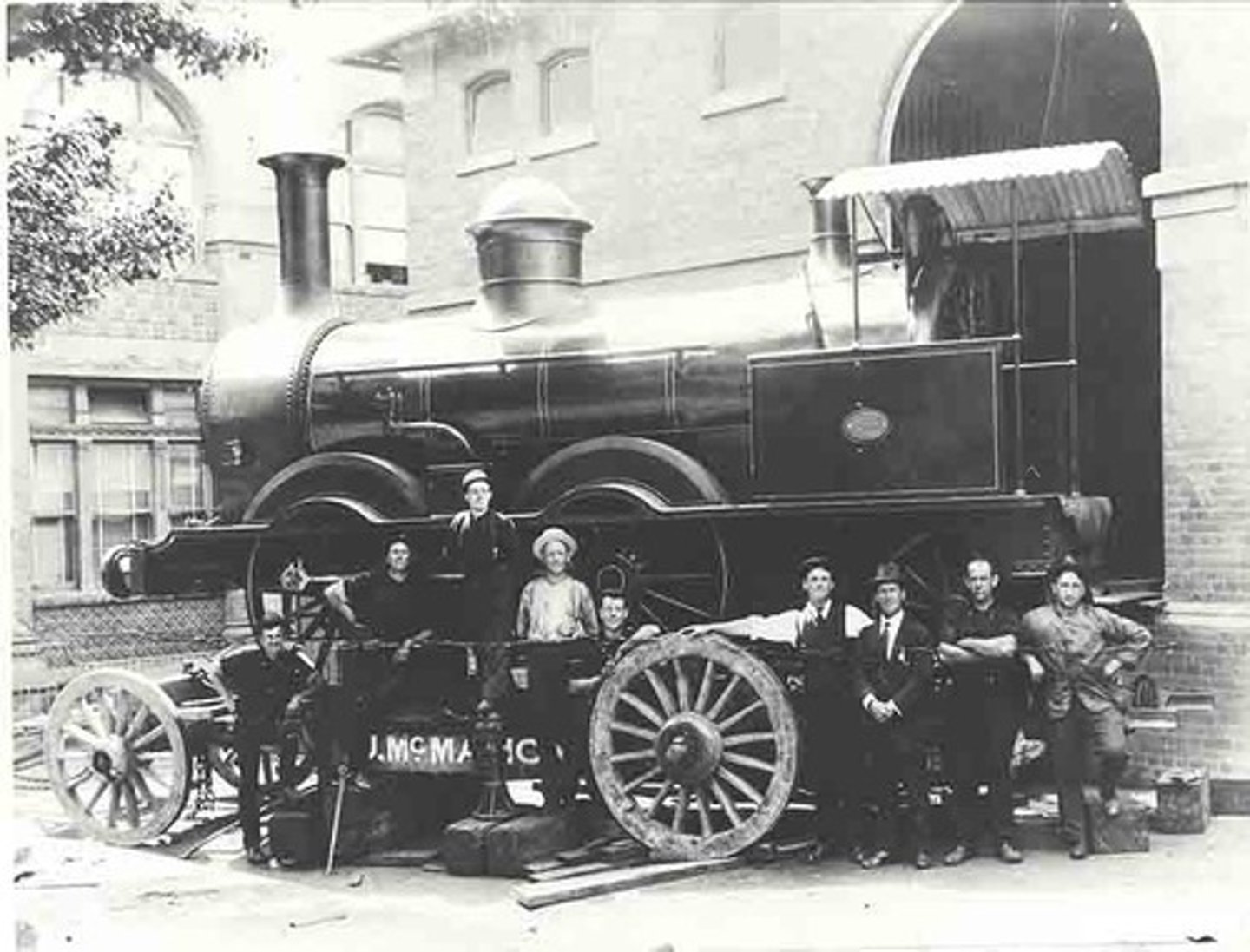
Proletariat
Marx's term for the exploited class, the mass of workers who do not own the means of production
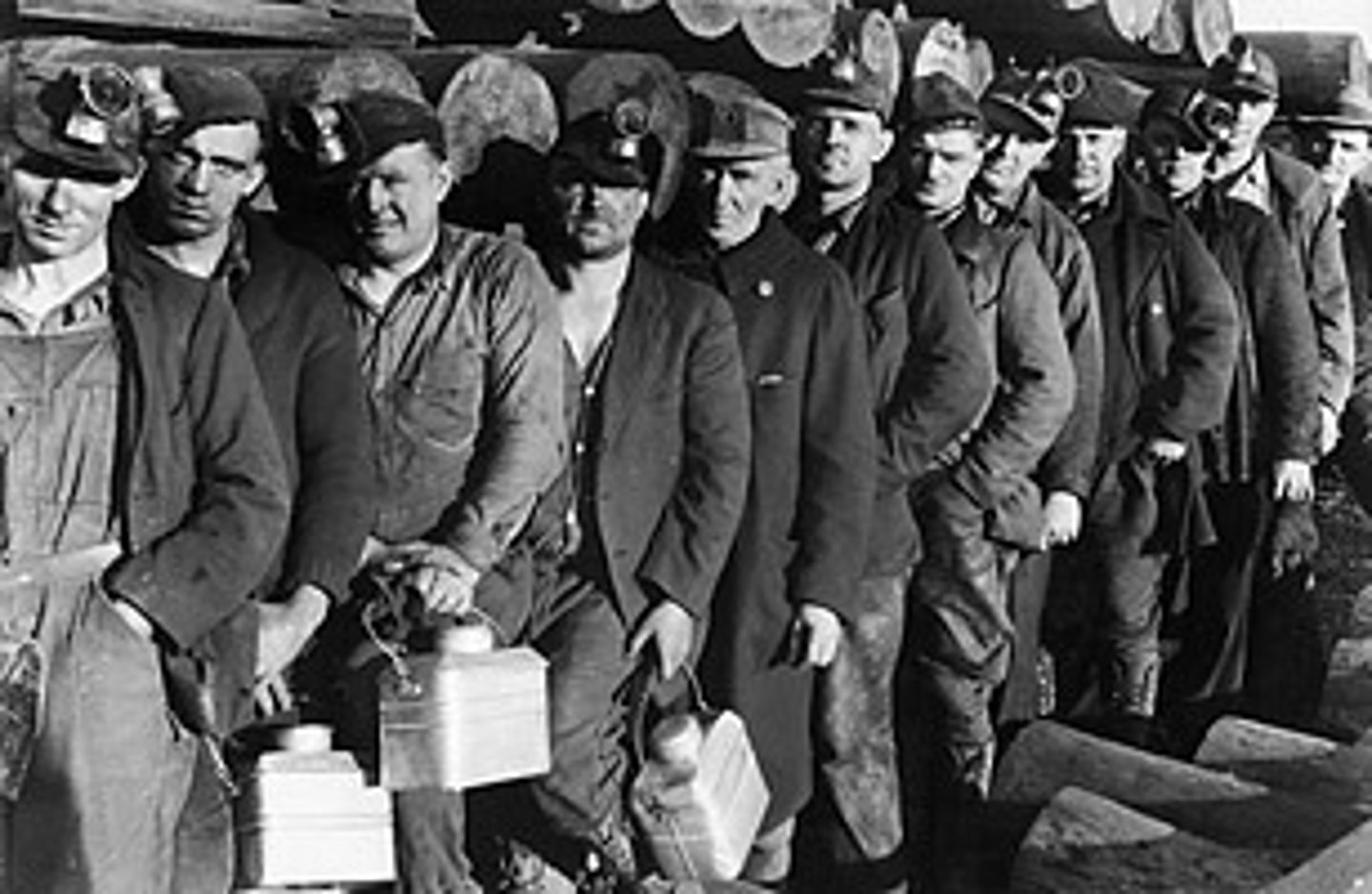
Karl Marx
founder of modern communism
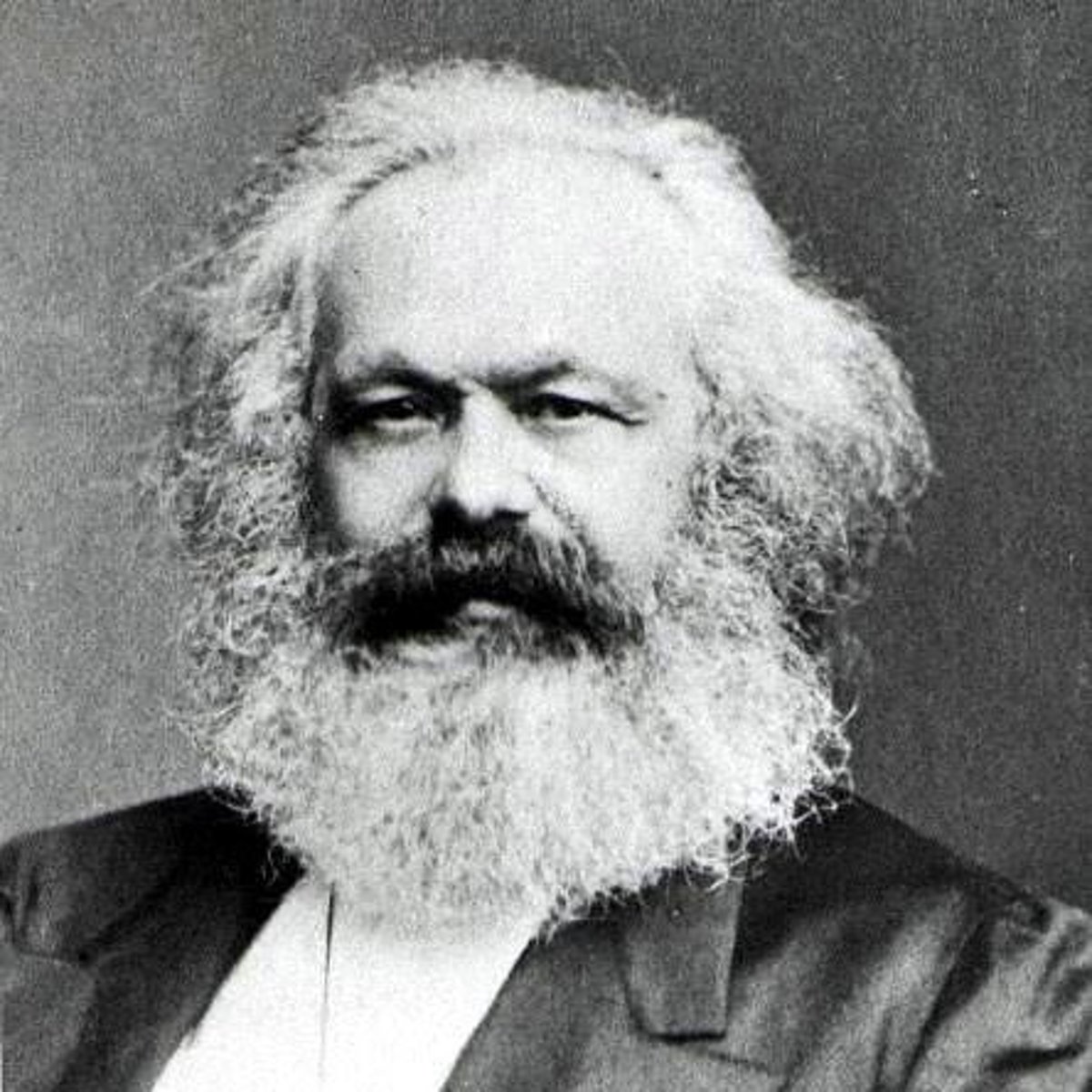
communism
A theory or system of social organization based on the holding of all property in common, actual ownership being ascribed to the community as a whole or to the state.
James Watt
Invented the steam engine
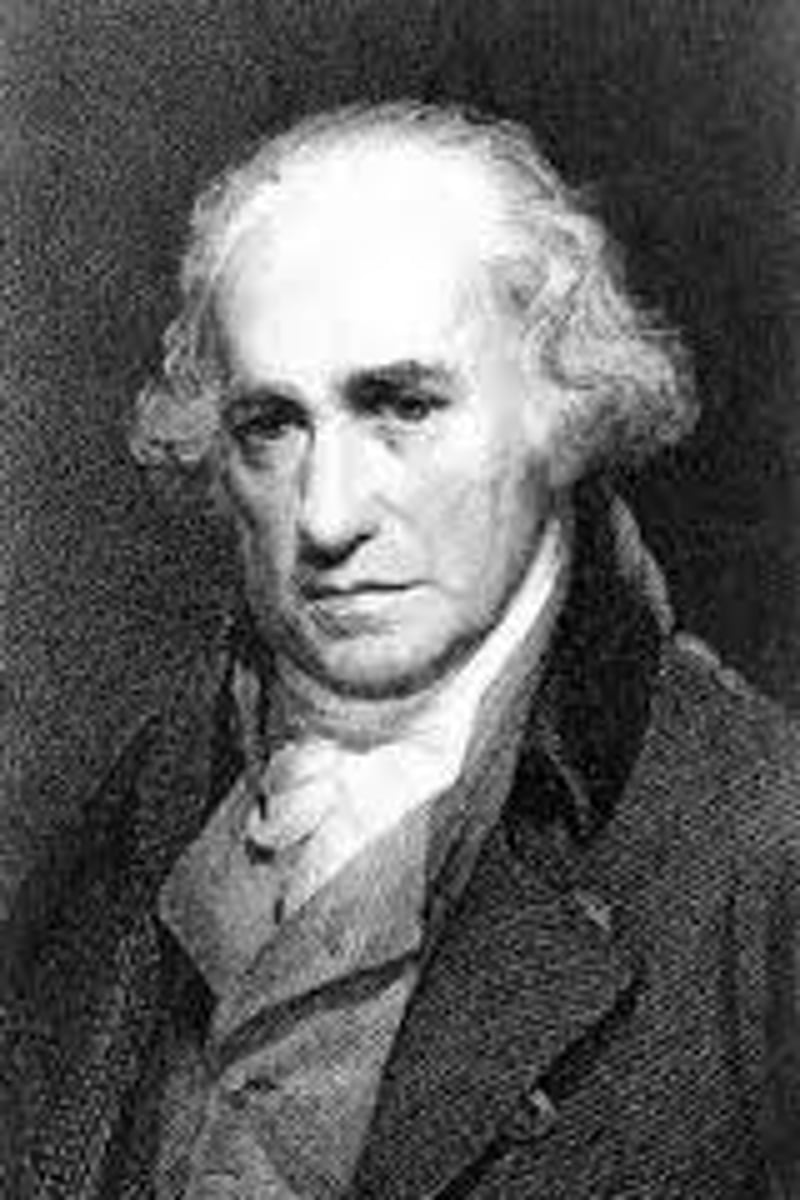
Enlightenment
A movement in the 18th century that advocated the use of reason in the reappraisal of accepted ideas and social institutions.

private property
Many liberals of the Enlightenment era believed, such as that citizens have _____ _____ rights and that people should generally be free to do what they want with their own possessions. Laws began to increasingly protect ____ ____. This contributed to the rise of Capitalism.
Scientific Racism
nineteenth-century theories of race that characterize a period of feverish investigation into the origins, explanations, and classifications of race
cotton gin
A machine for cleaning the seeds from cotton fibers, invented by Eli Whitney in 1793
factory system
A method of production that brought many workers and machines together into one building
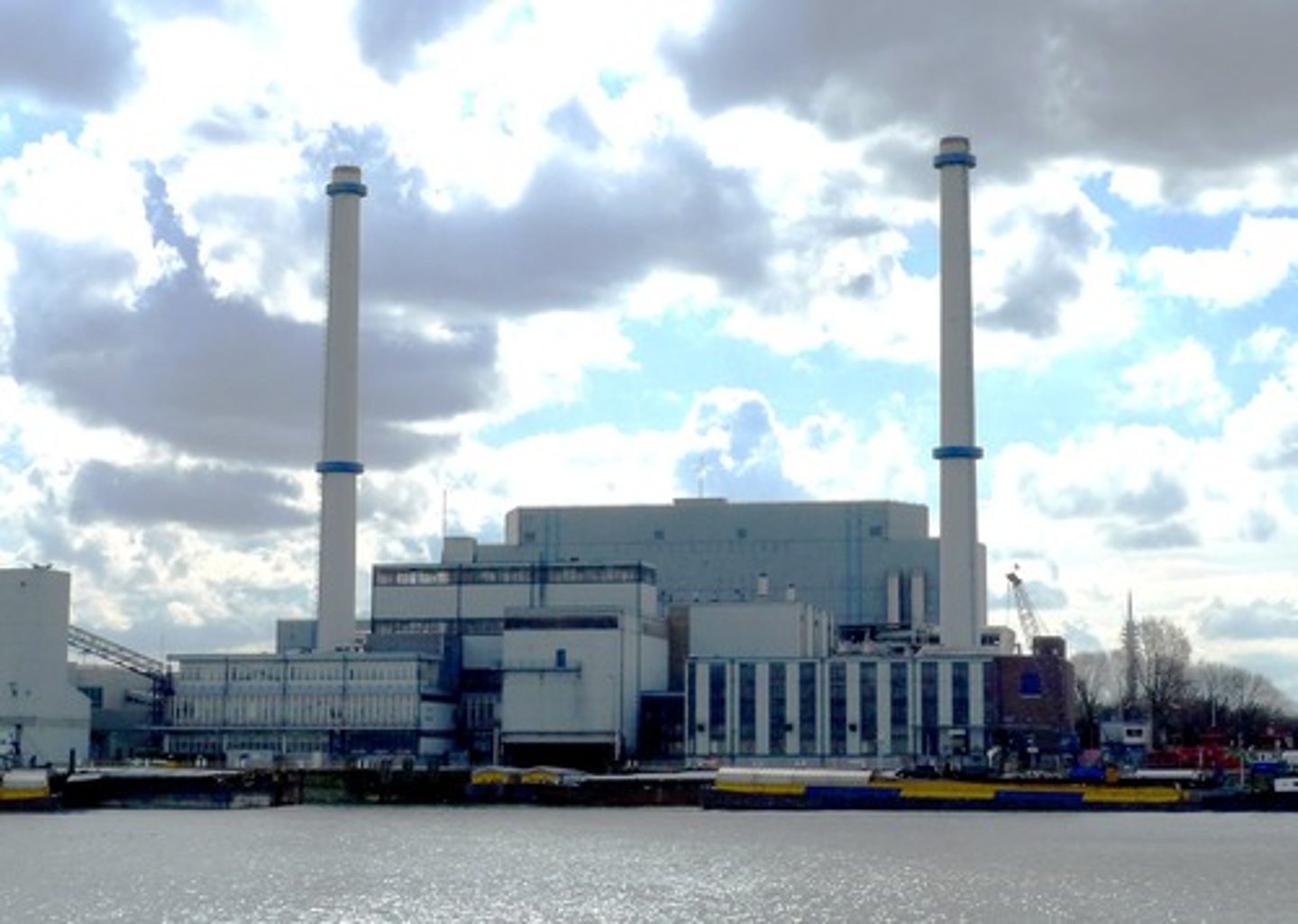
middle class
A social class made up of skilled workers, professionals, business people, and wealthy farmers
labor unions
An organization formed by workers to strive for better wages and working conditions
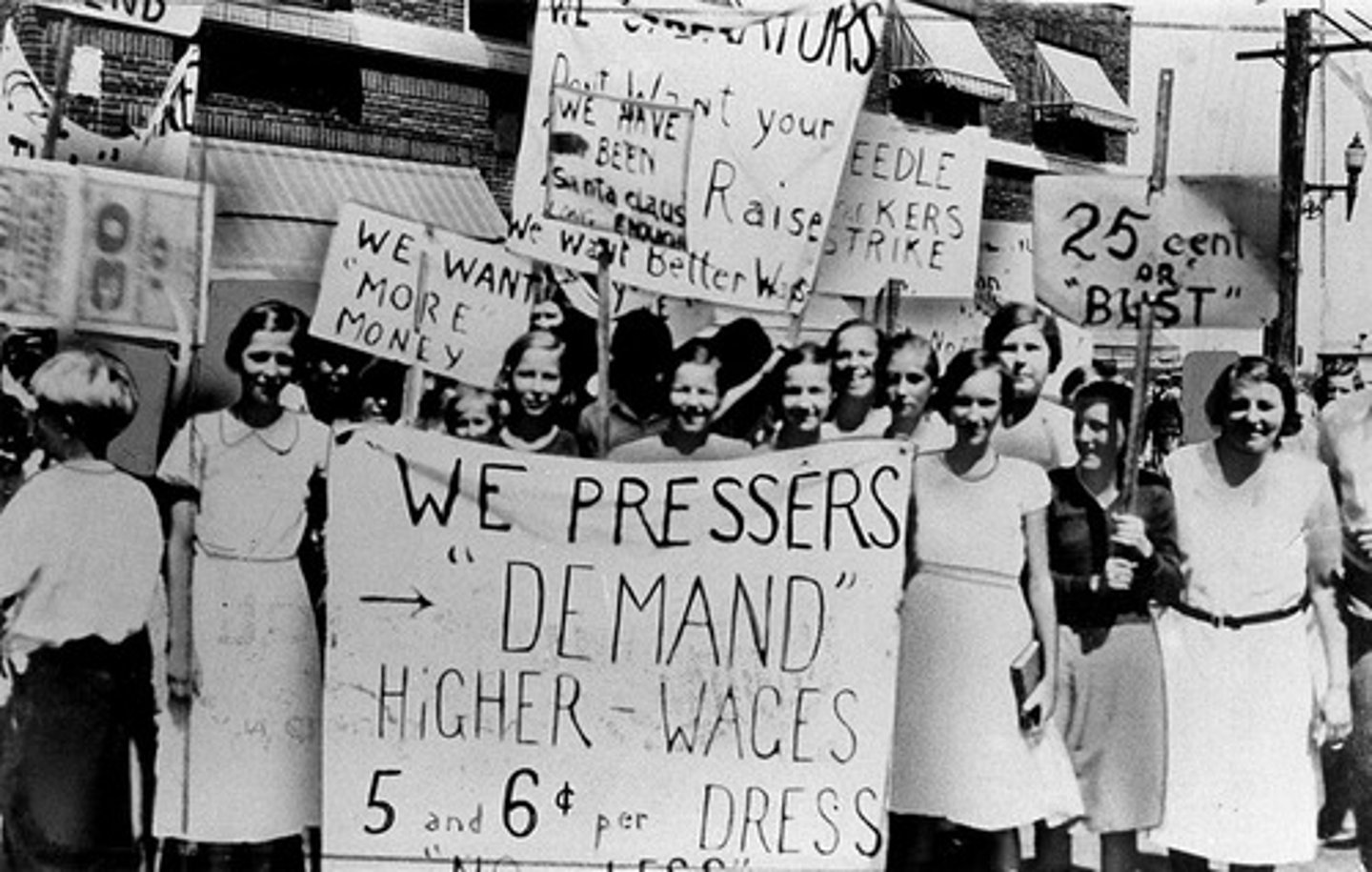
tea
stereotypical British drink
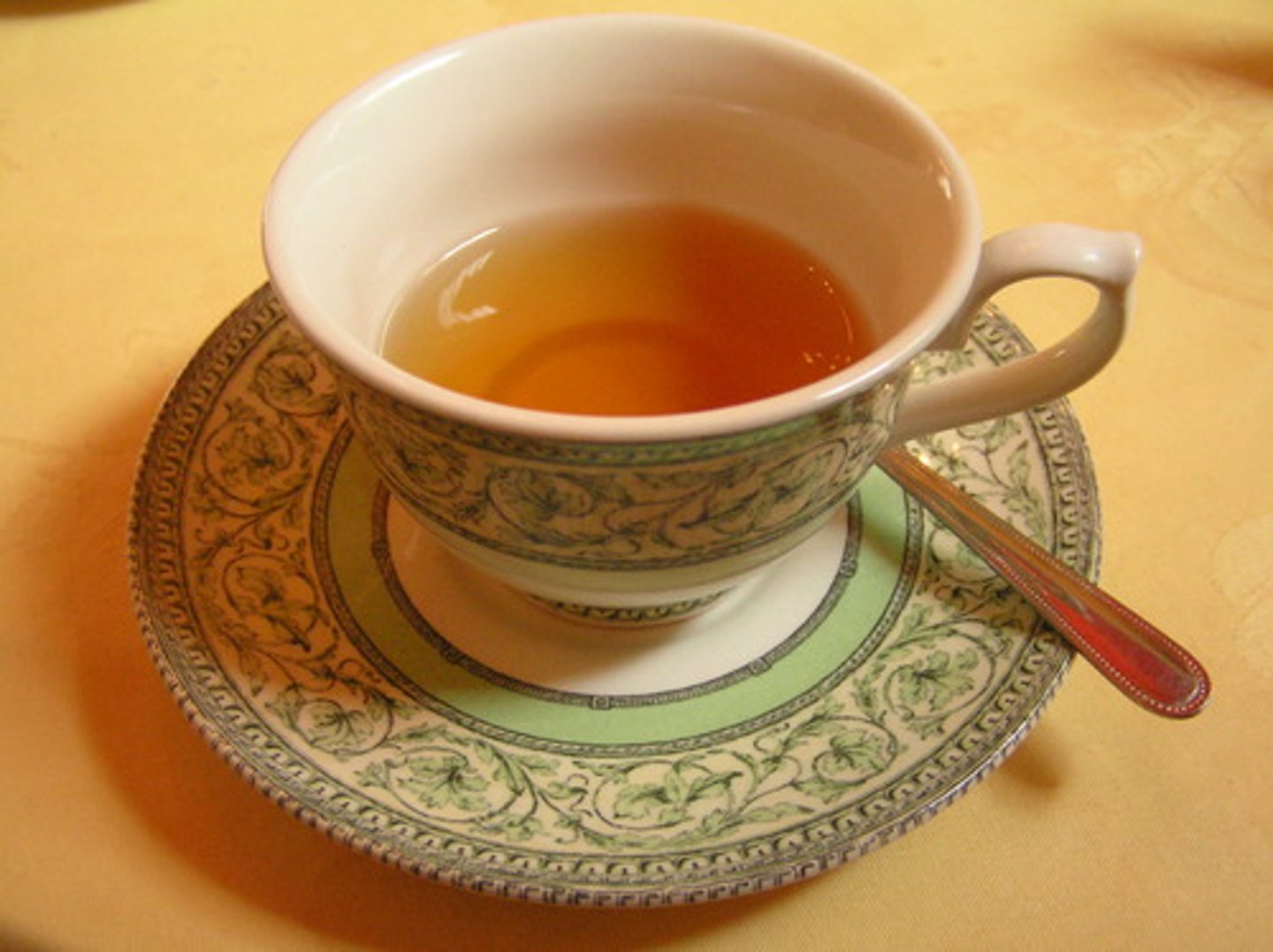
Emancipation Proclamation
Proclamation issued by Lincoln, freeing all slaves in areas still at war with the Union.
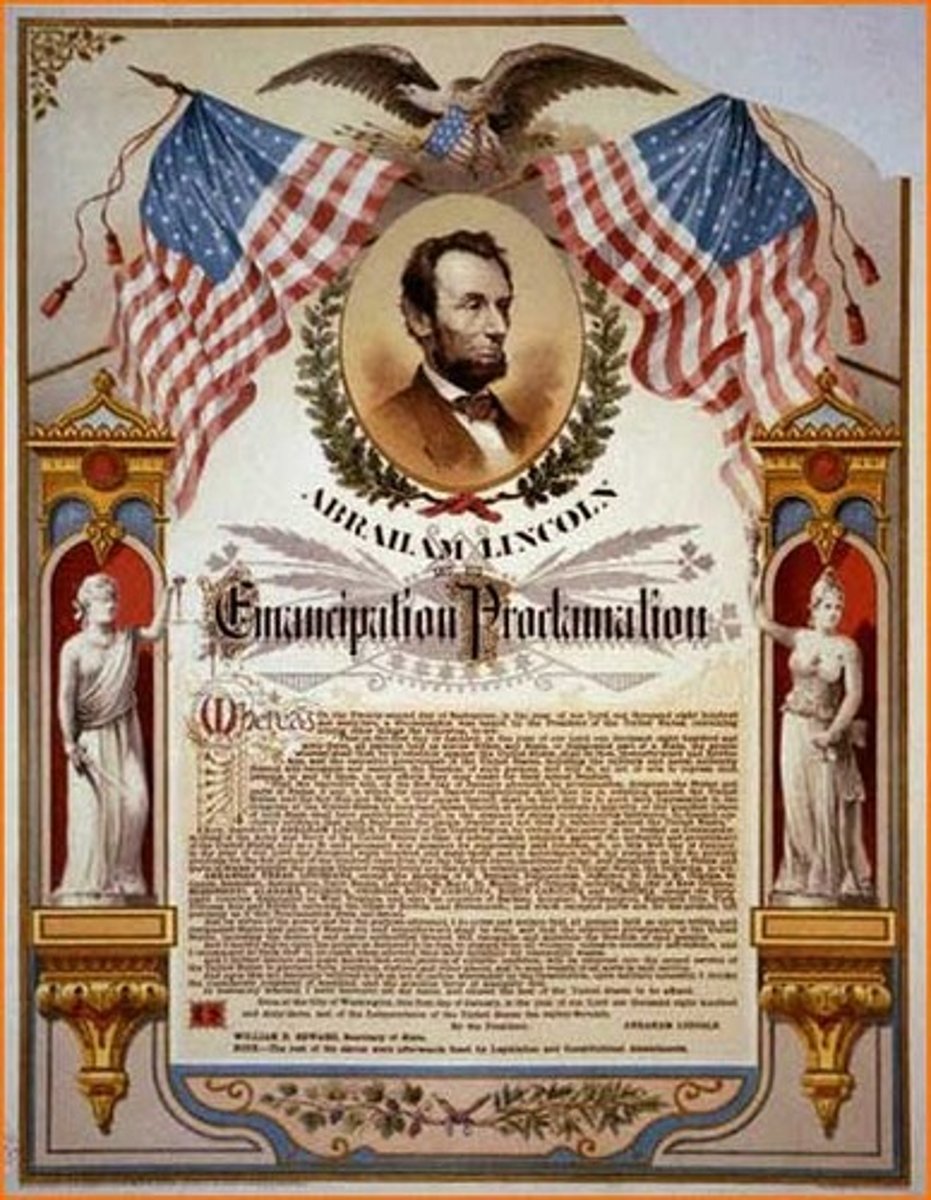
rubber
primary export of the Congo Free State
Creoles
Descendents of Spanish-born but born in Latin America; resented inferior social, political, economic status.
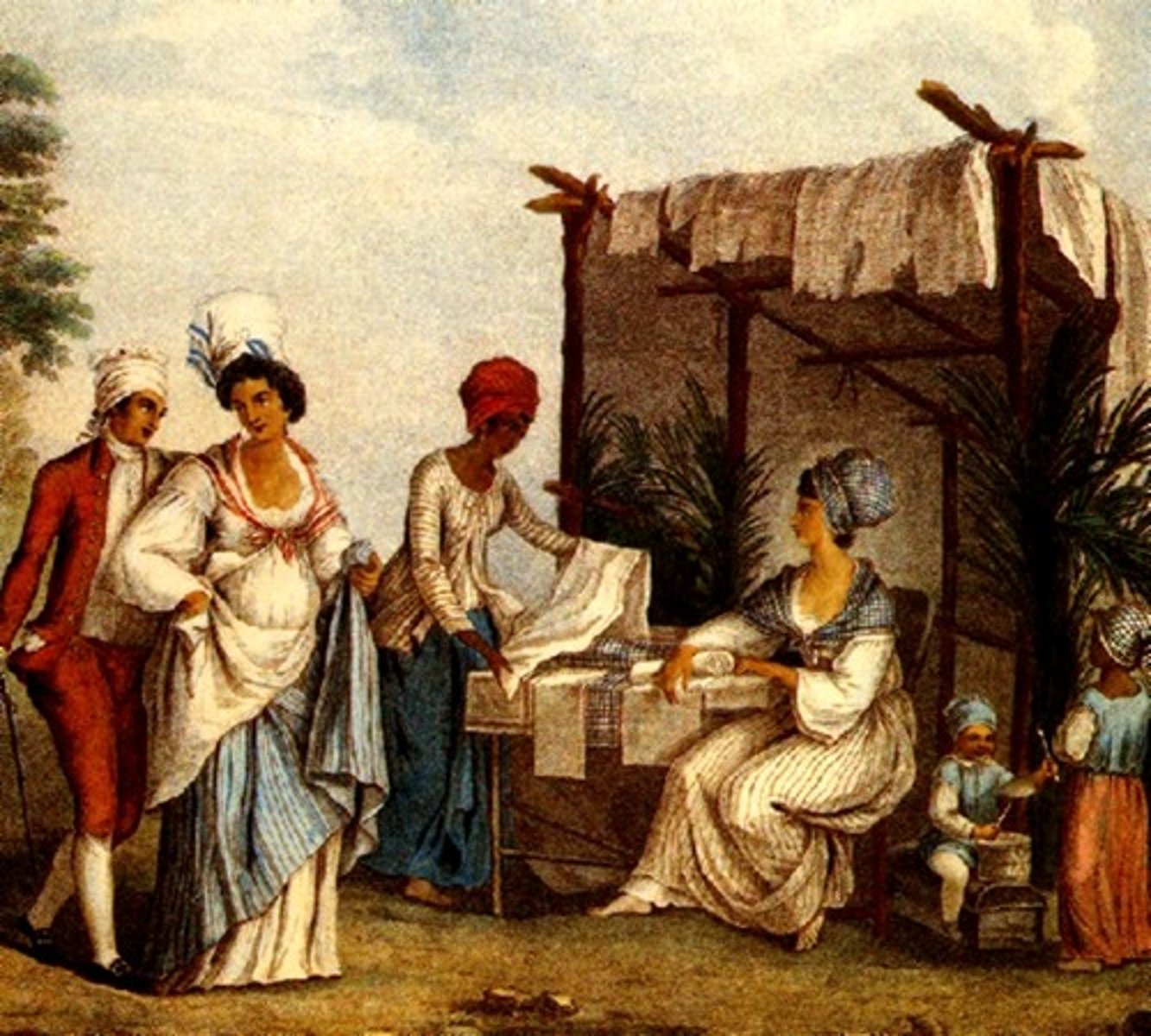
Sati
The Indian custom of a widow voluntarily throwing herself on the funeral pyre of her husband.
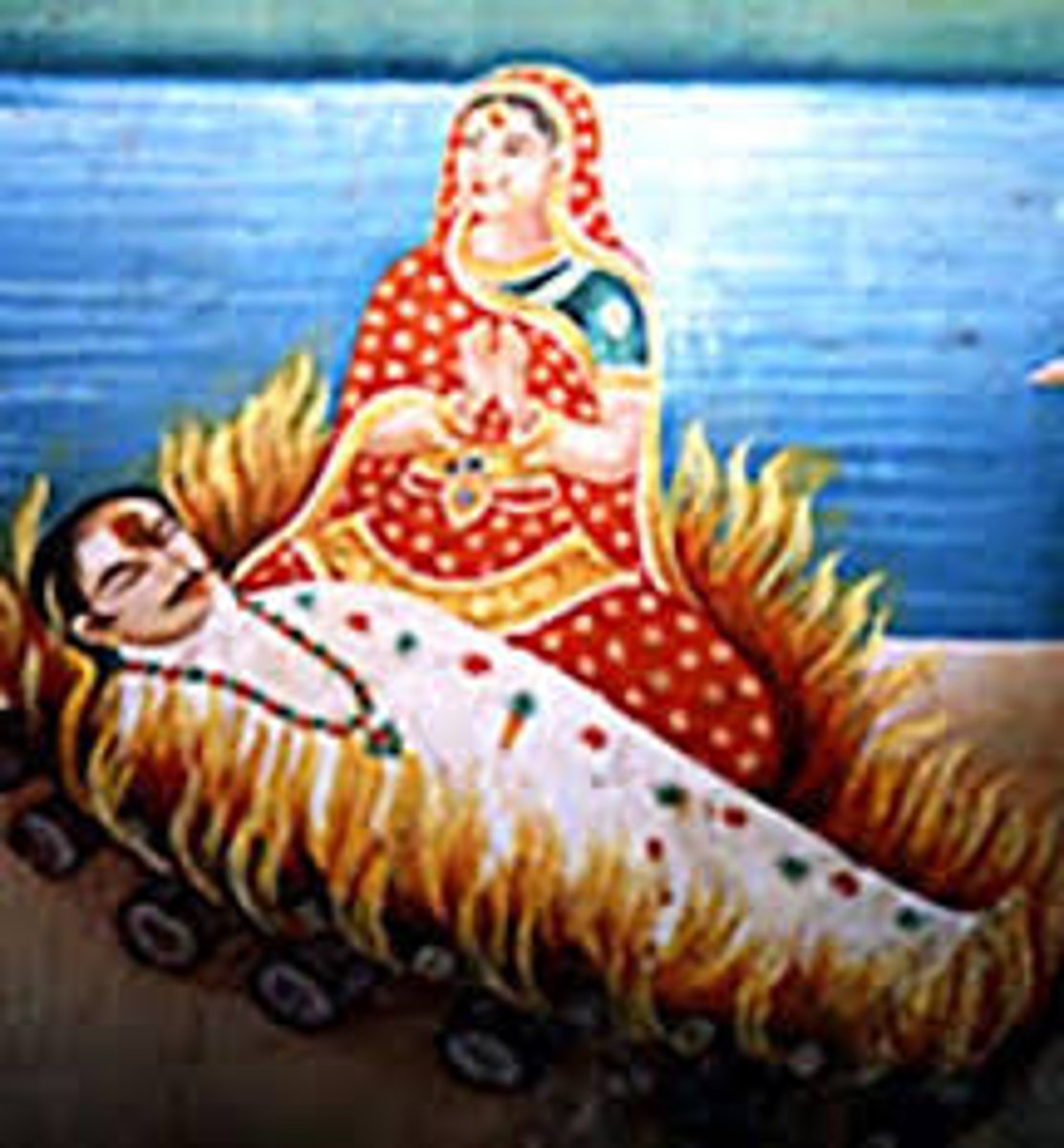
Porfiro Diaz
ruled mexico for 35 years, welcomed foreign investors which benefited wealthy landowners, resigned in 1911 due to pressure from liberal reformer Madero
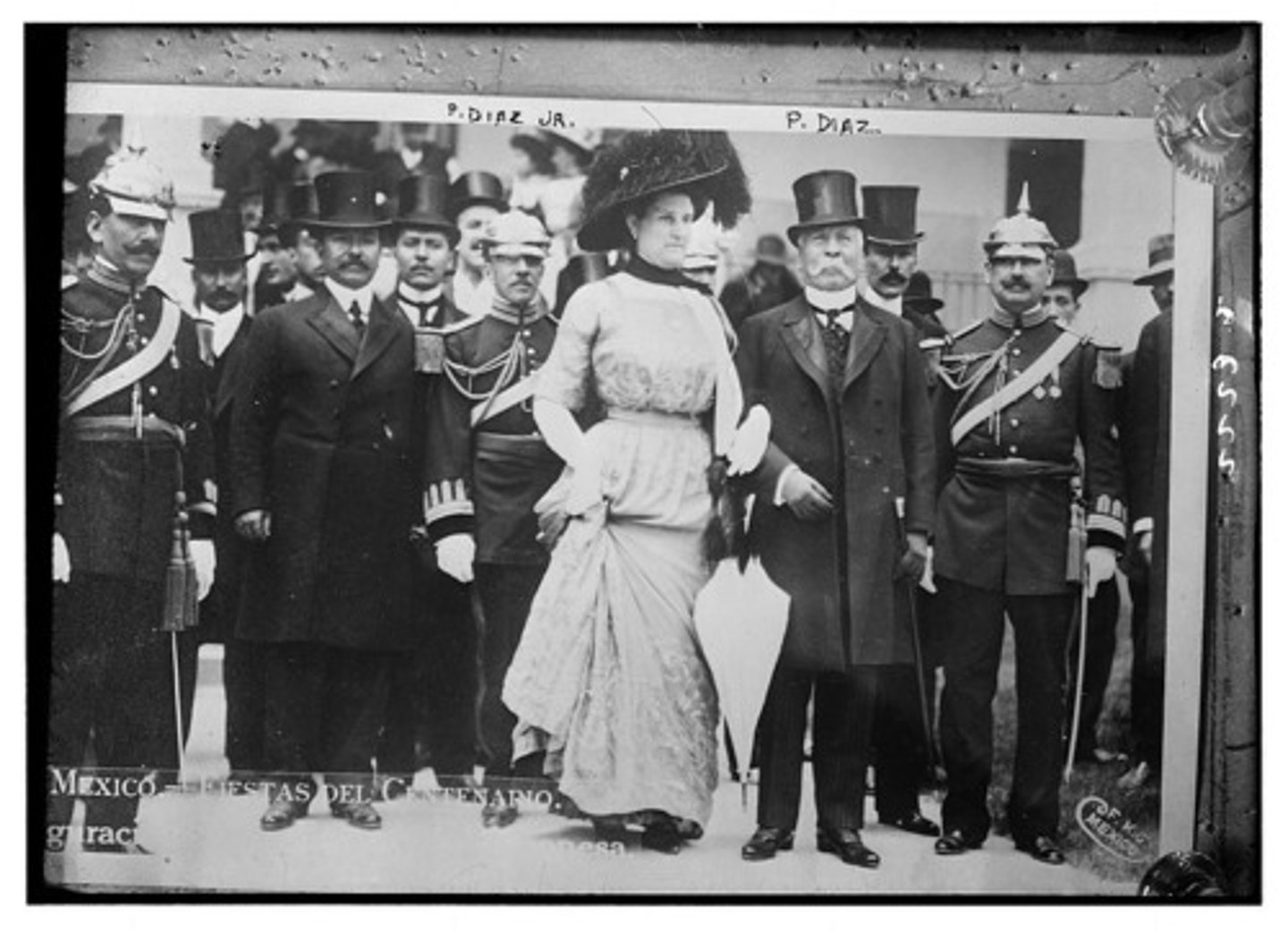
Panama Canal
Ship canal cut across the isthmus of Panama by United States, it opened in 1915.
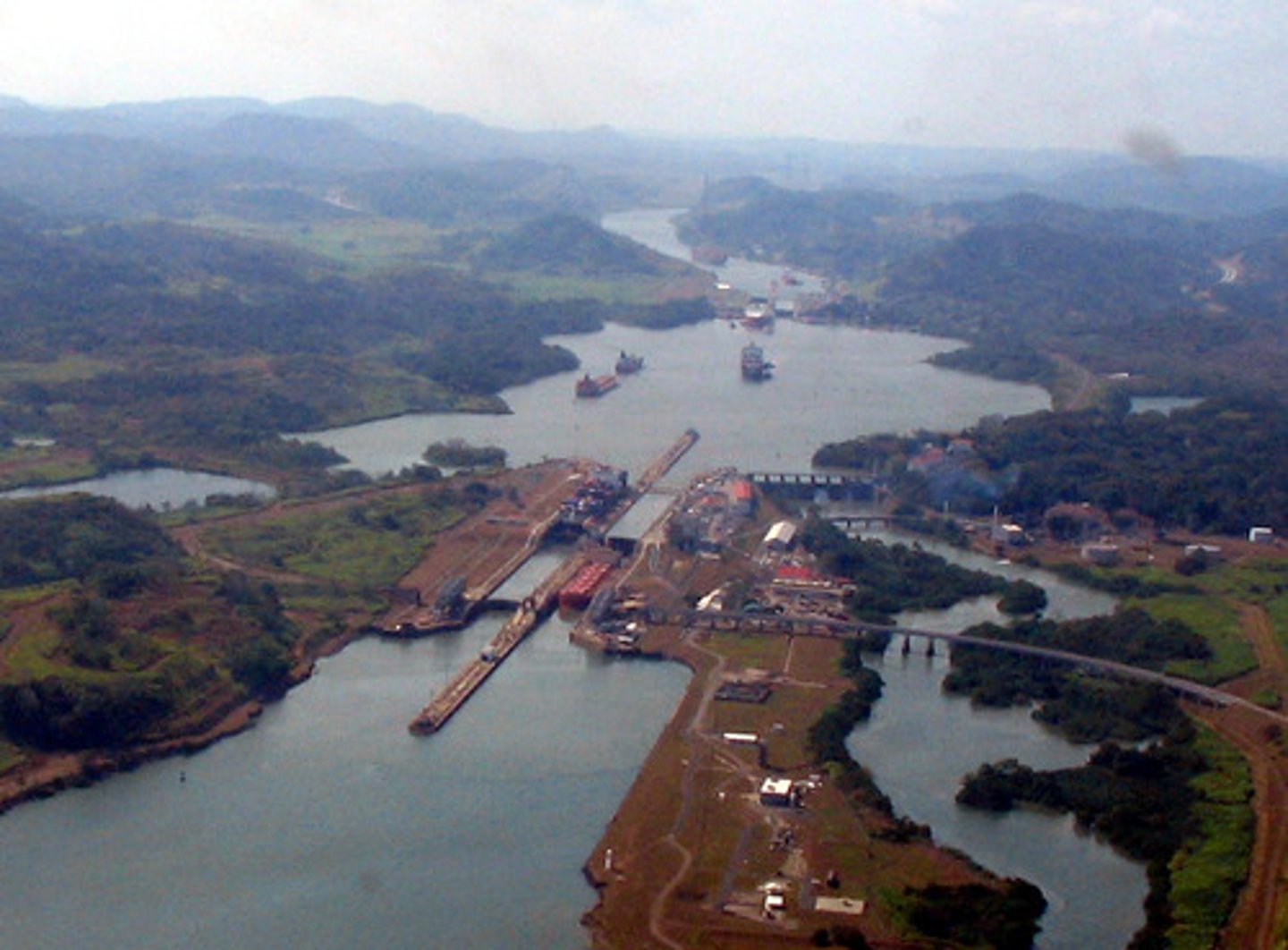
Russo-Japanese War (1904-1905)
Ending in a Japanese victory, this war established Japan as a formidable military competitor in East Asia and precipitated the Russian Revolution of 1905.
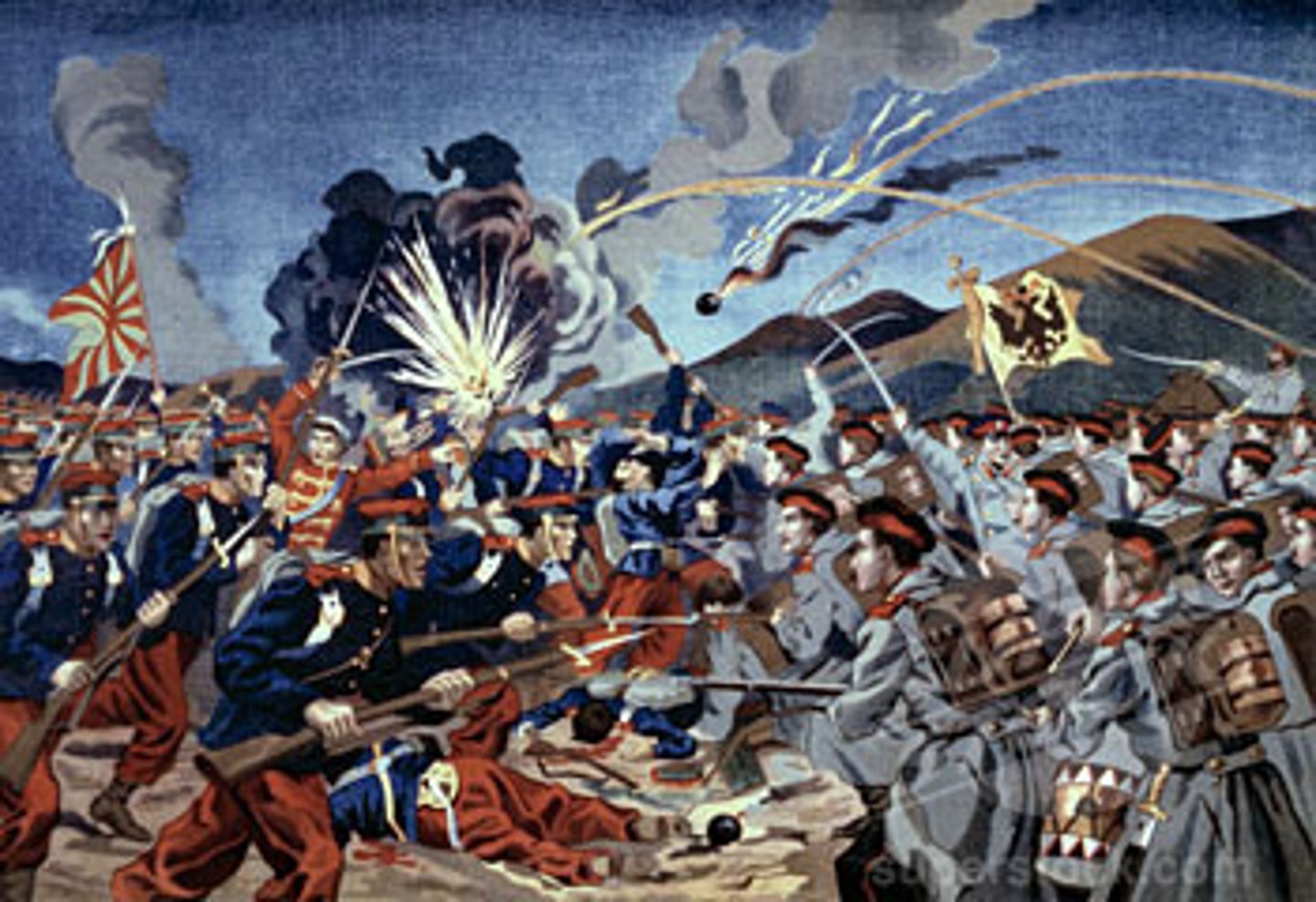
Meji Restoration
Modernization and westernization in Japan
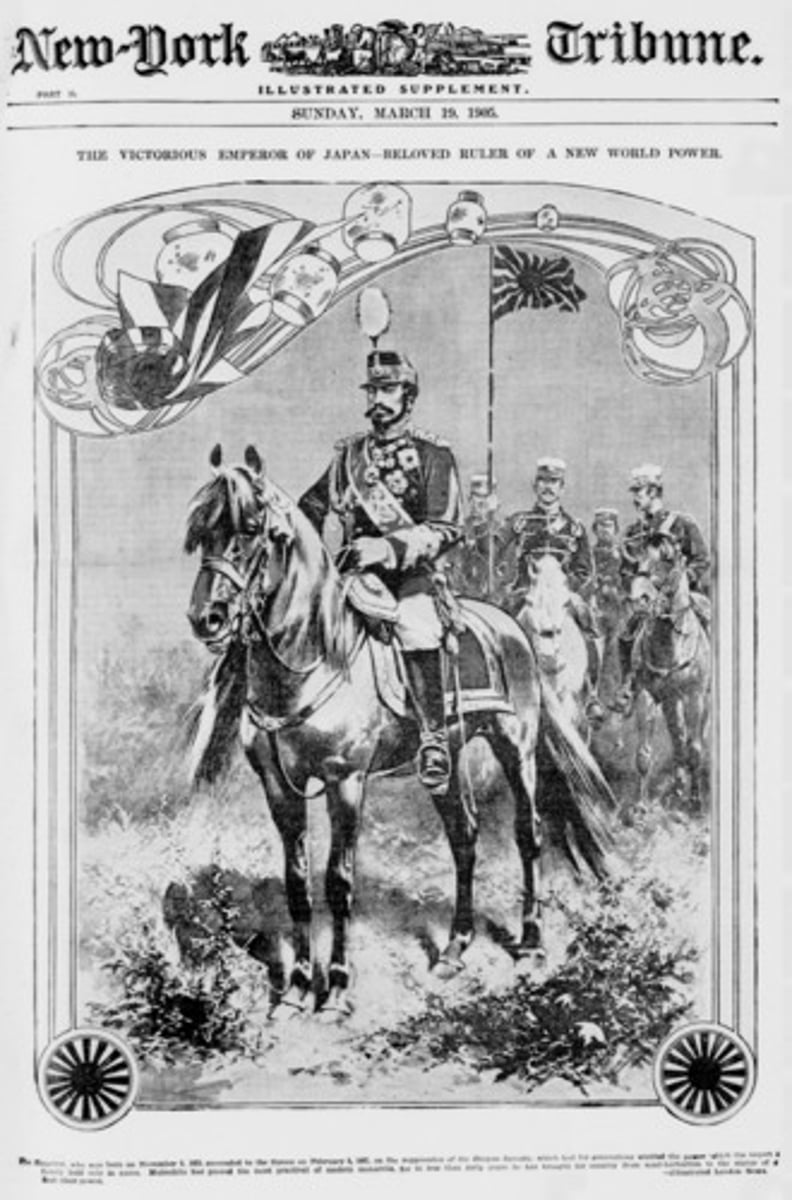
Simon Bolivar
1783-1830, Venezuelan statesman: leader of revolt of South American colonies against Spanish rule.

ubranization
the growth of cities and the migration of people into them
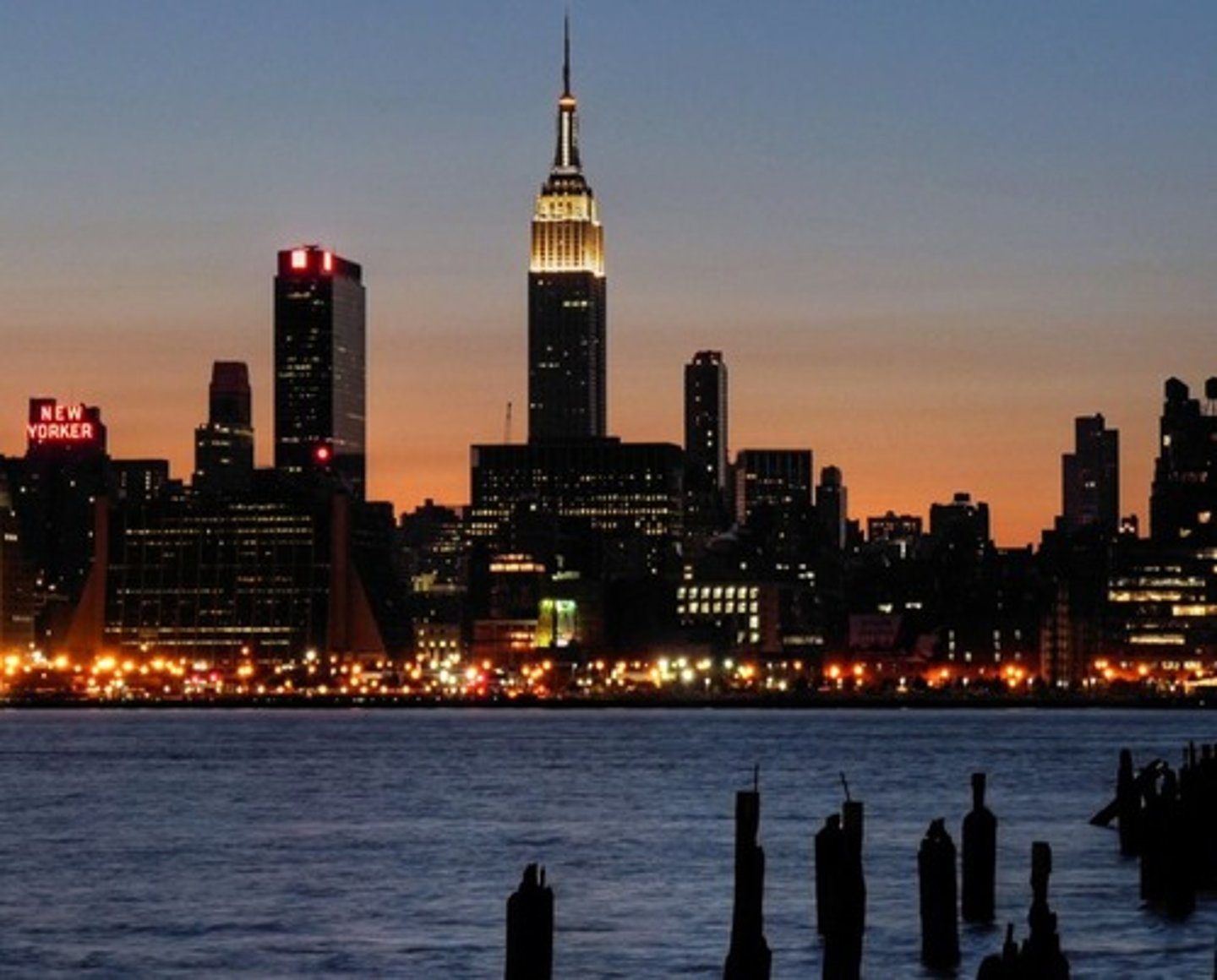
coal
Access to rivers, iron ore, timber, and _____ was a major determining factor in which countries were able to industrialize during this period.
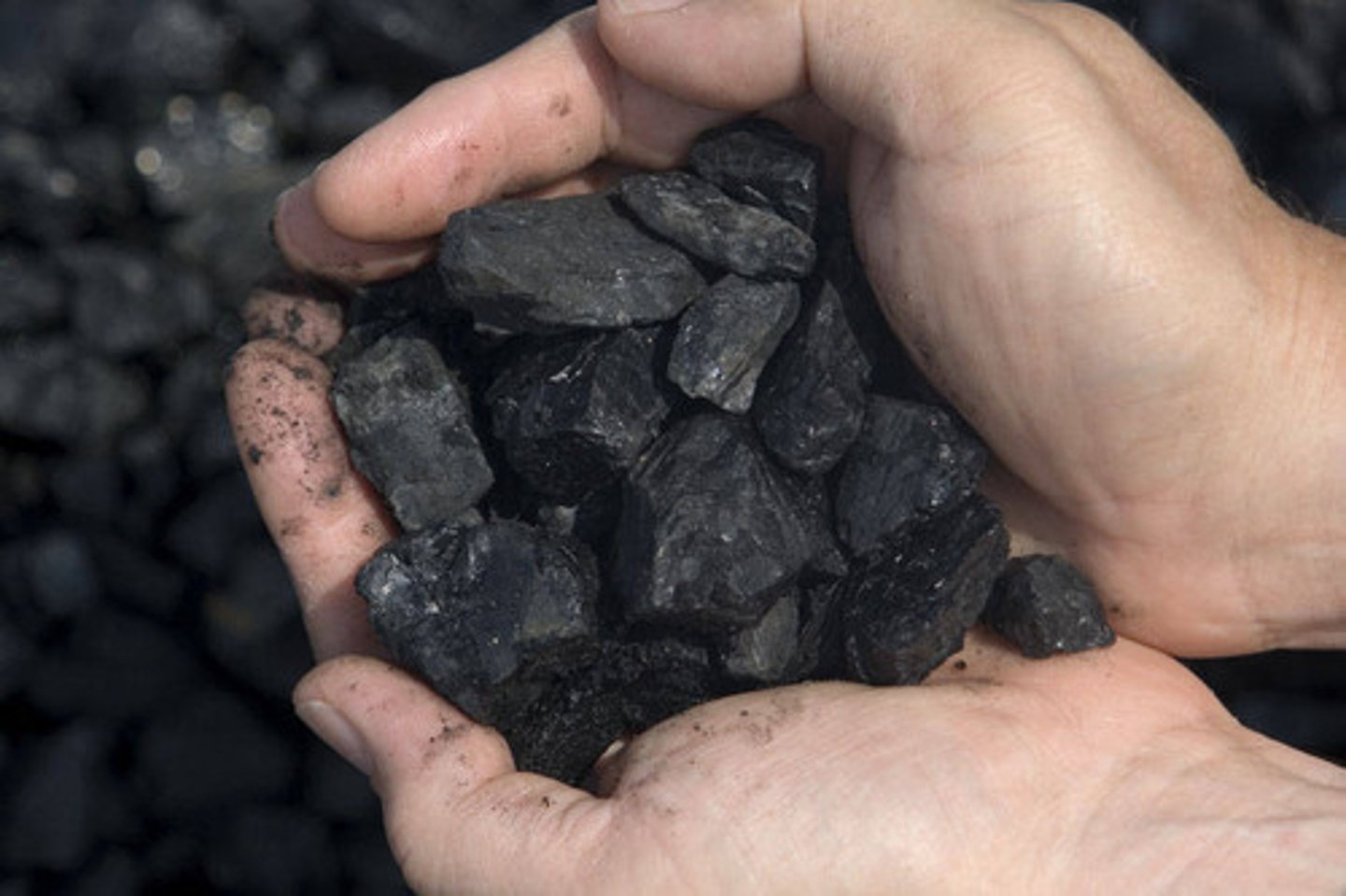
Congo Free State
a large area in Central Africa that was privately controlled by Leopold II of Belgium. He was able to secretly treat the people of the colony very badly until he was forced to give it up.
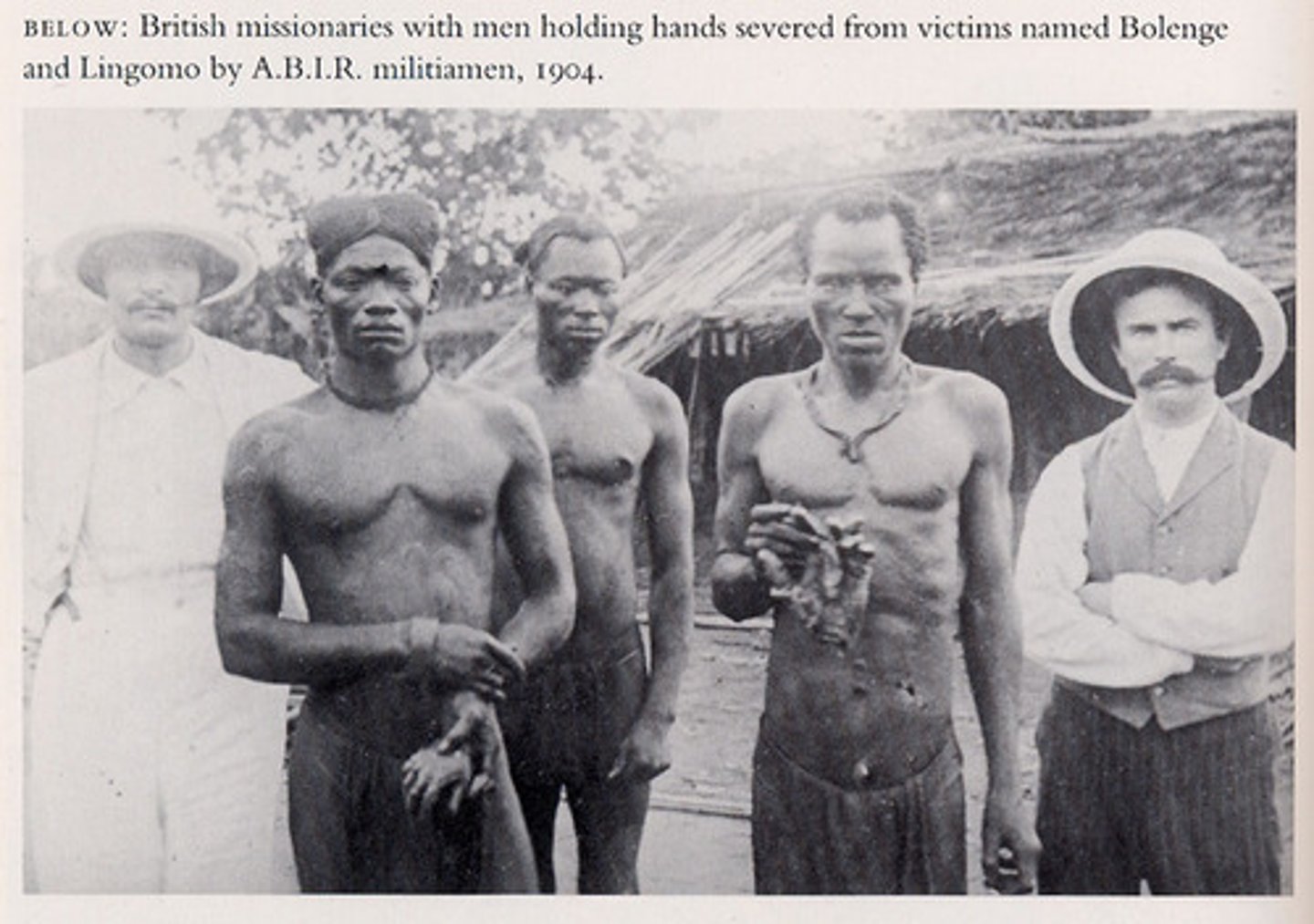
Trail of Tears
The Cherokee Indians were forced to leave their lands. They traveled from North Carolina and Georgia through Tennessee, Kentucky, Illinois, Missouri, and Arkansas-more than 800 miles (1,287 km)-to the Indian Territory. More than 4, 00 Cherokees died of cold, disease, and lack of food during the 116-day journey.
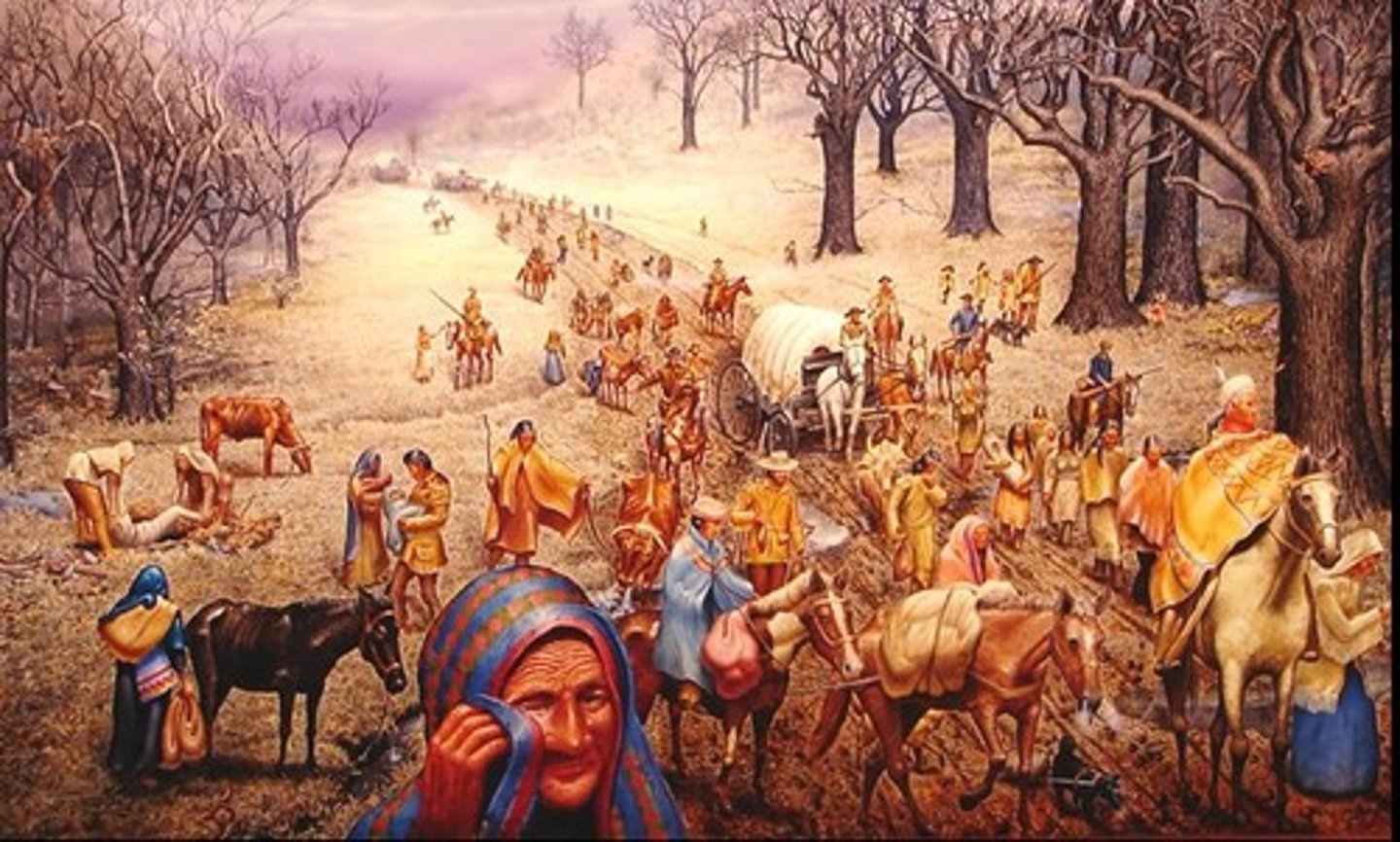
Napoleon Bonaparte
Overthrew the French revolutionary government (The Directory) in 1799 and became emperor of France in 1804. Failed to defeat Great Britain and abdicated in 1814. Returned to power briefly in 1815 but was defeated and died in exile.
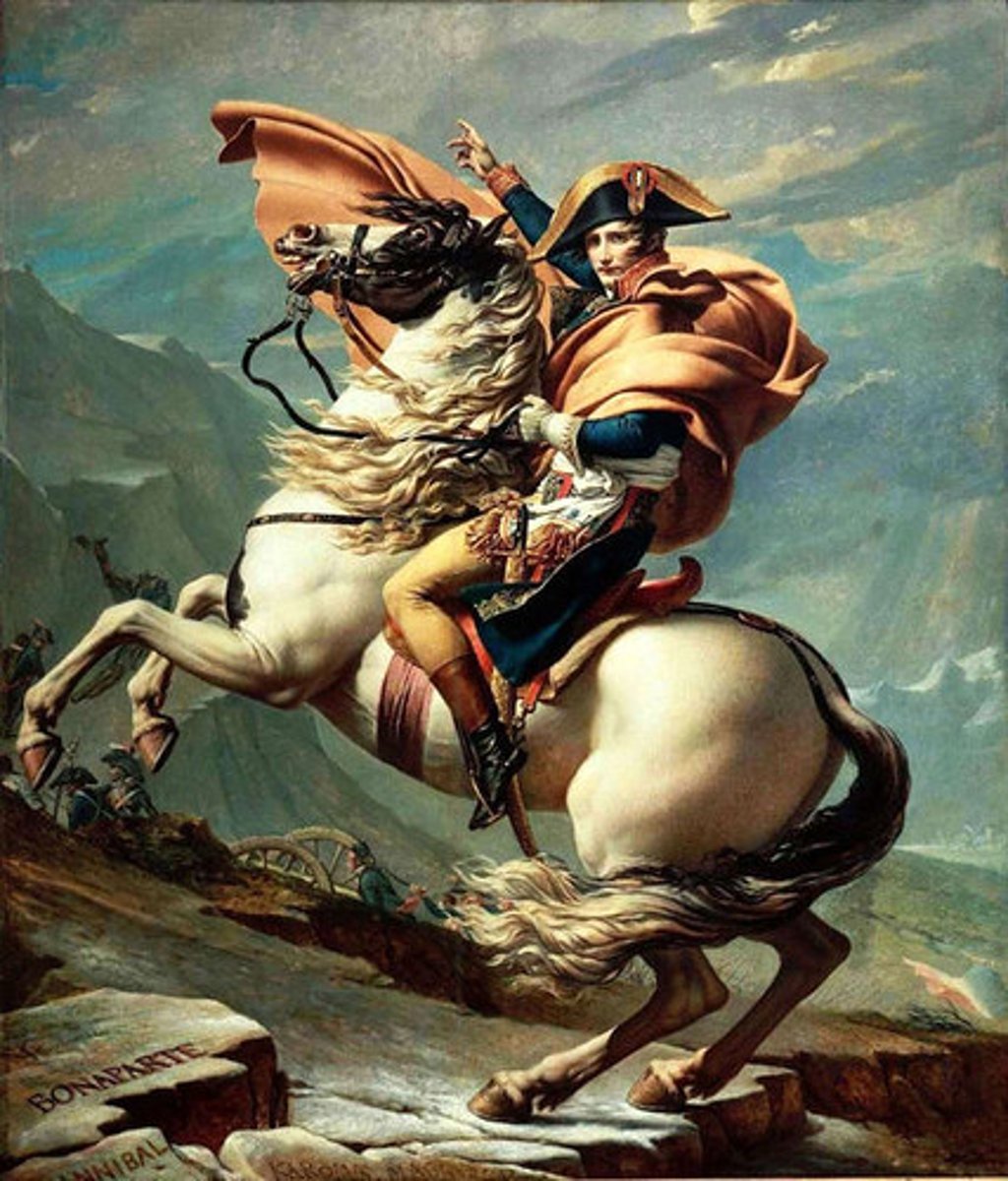
Haitian Revolution
A major influence of the Latin American revolutions because of its successfulness; the only successful slave revolt in history; it is led by Toussaint L'Ouverture.
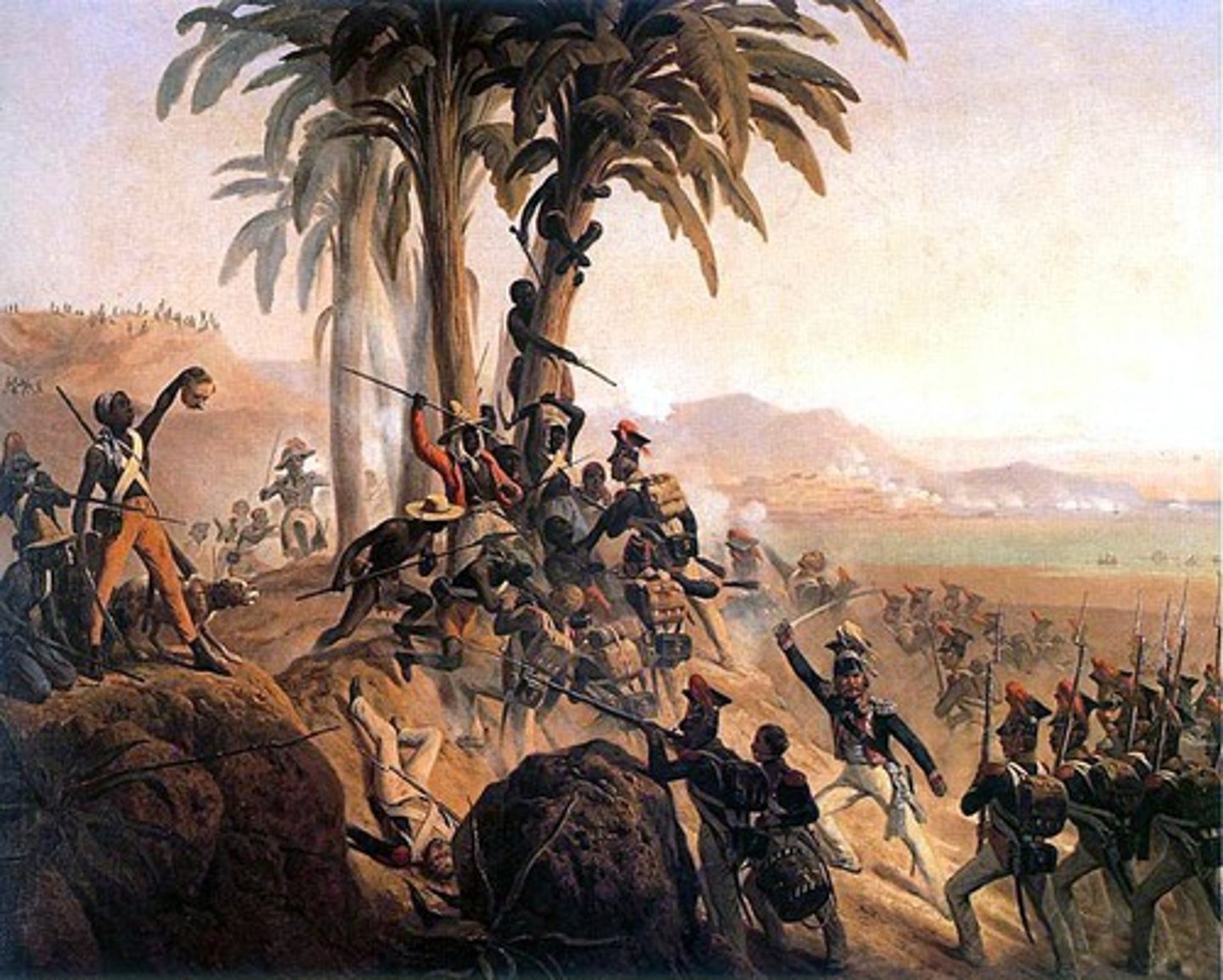
removal, assimilation, death
R.A.D. solution for moving the Indians during the 1800s
Charles Darwin
English natural scientist who formulated a theory of evolution by natural selection (1809-1882)
